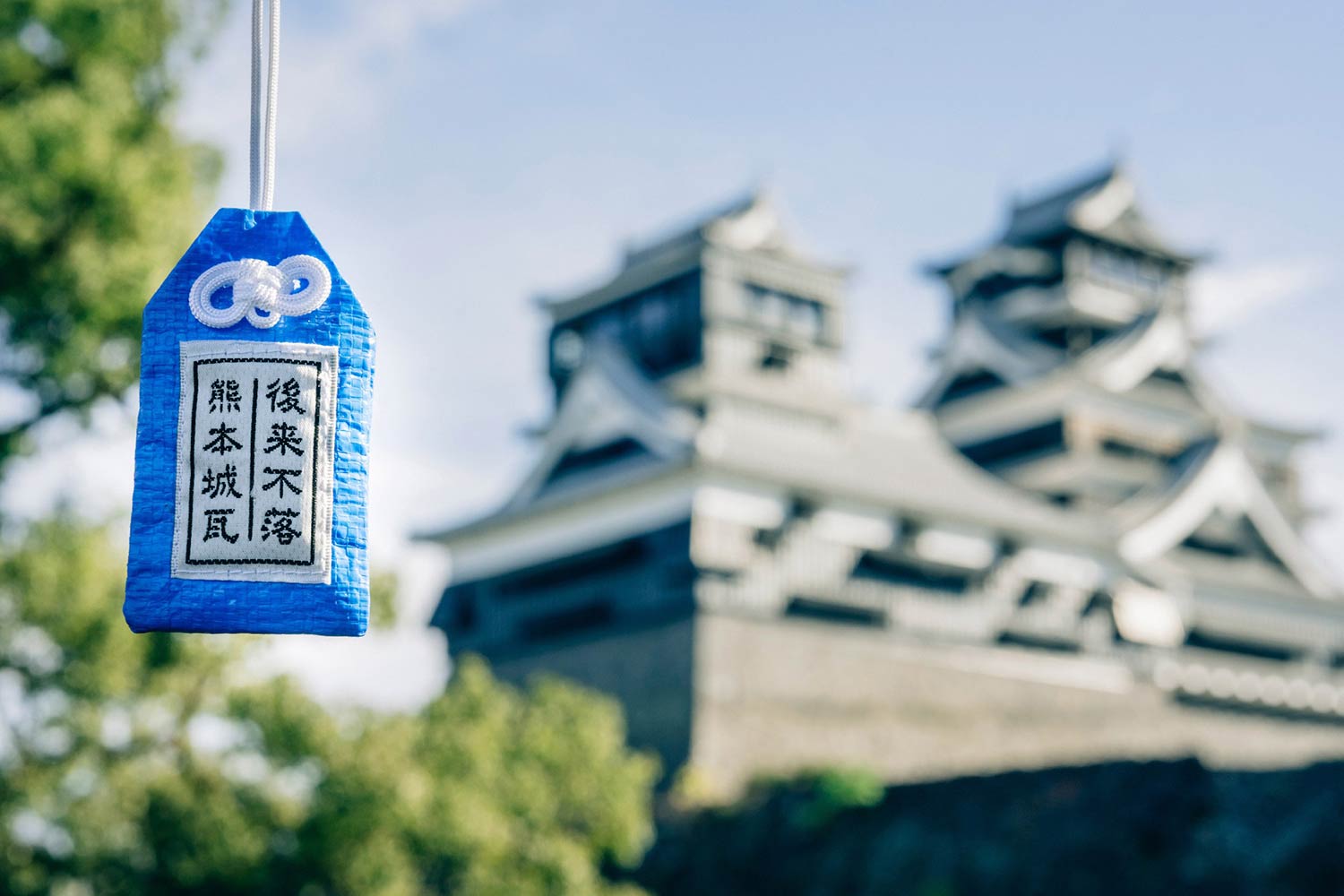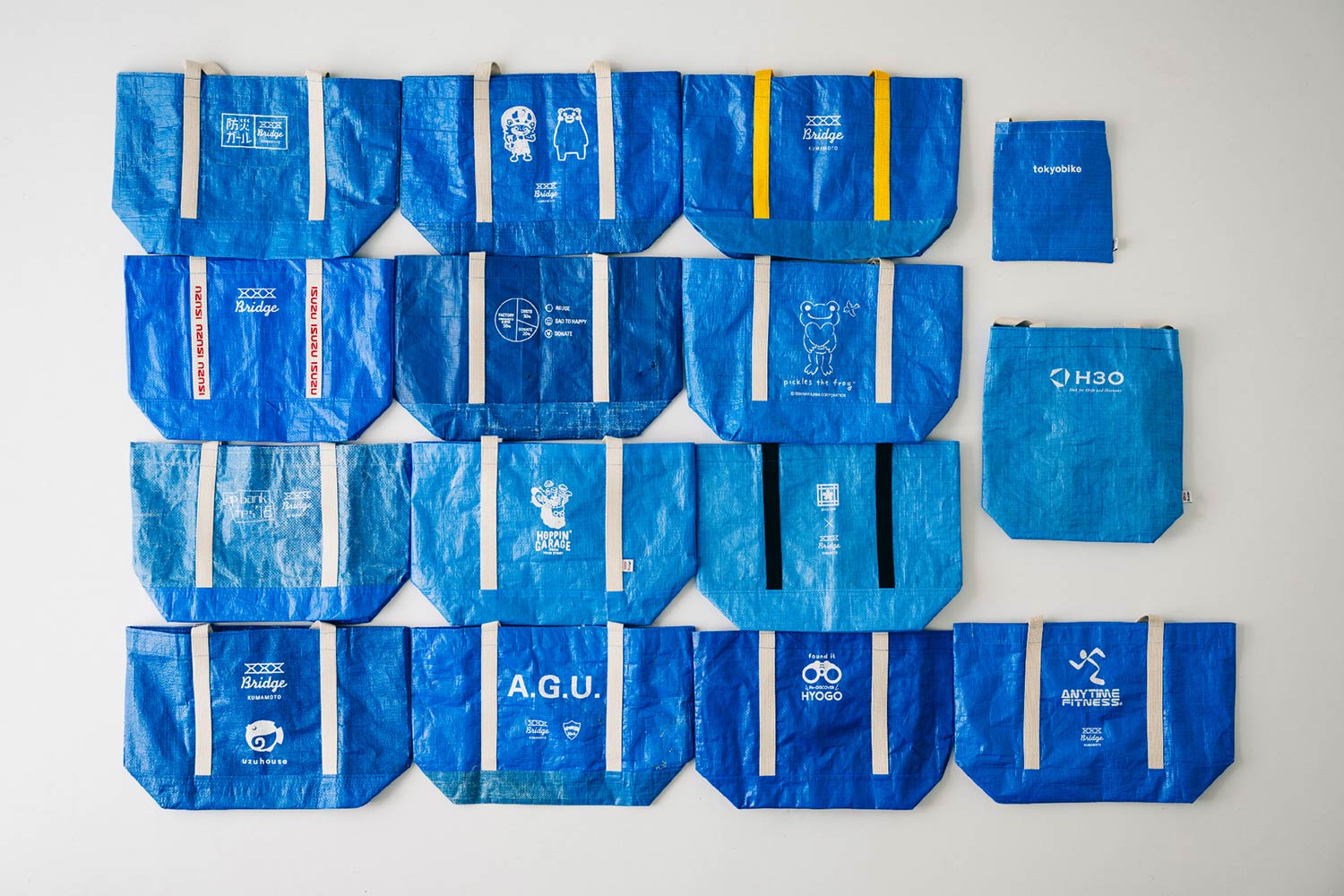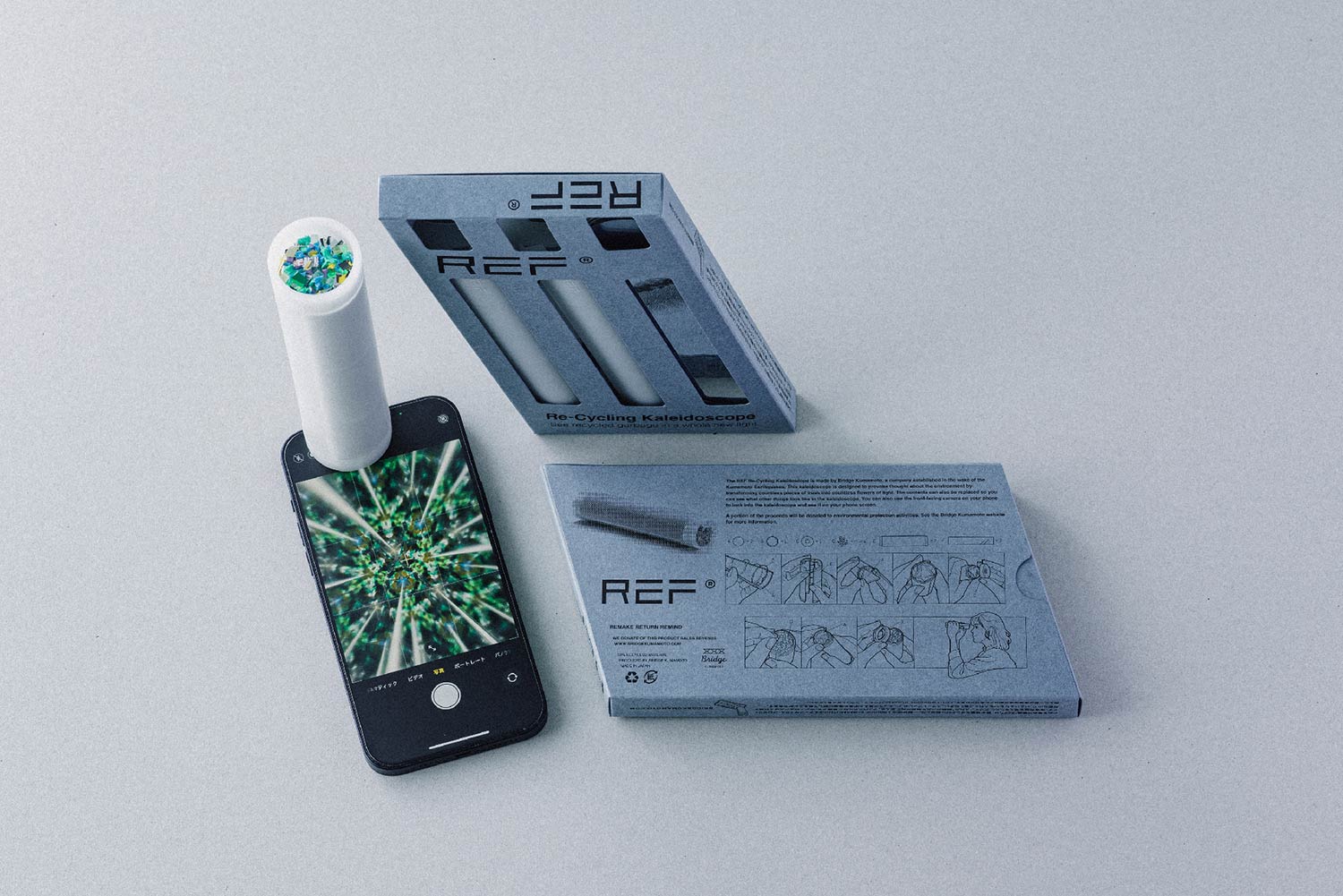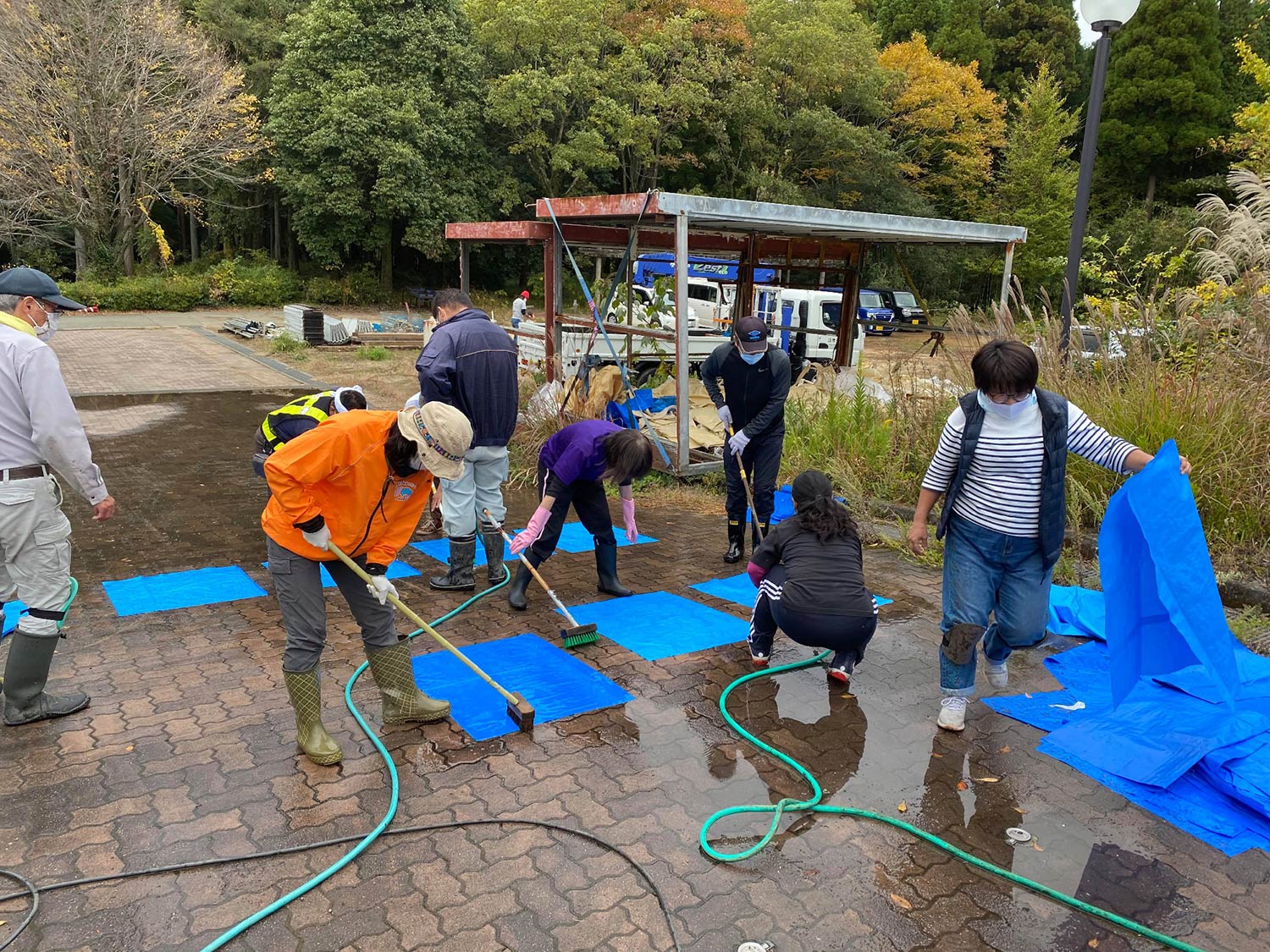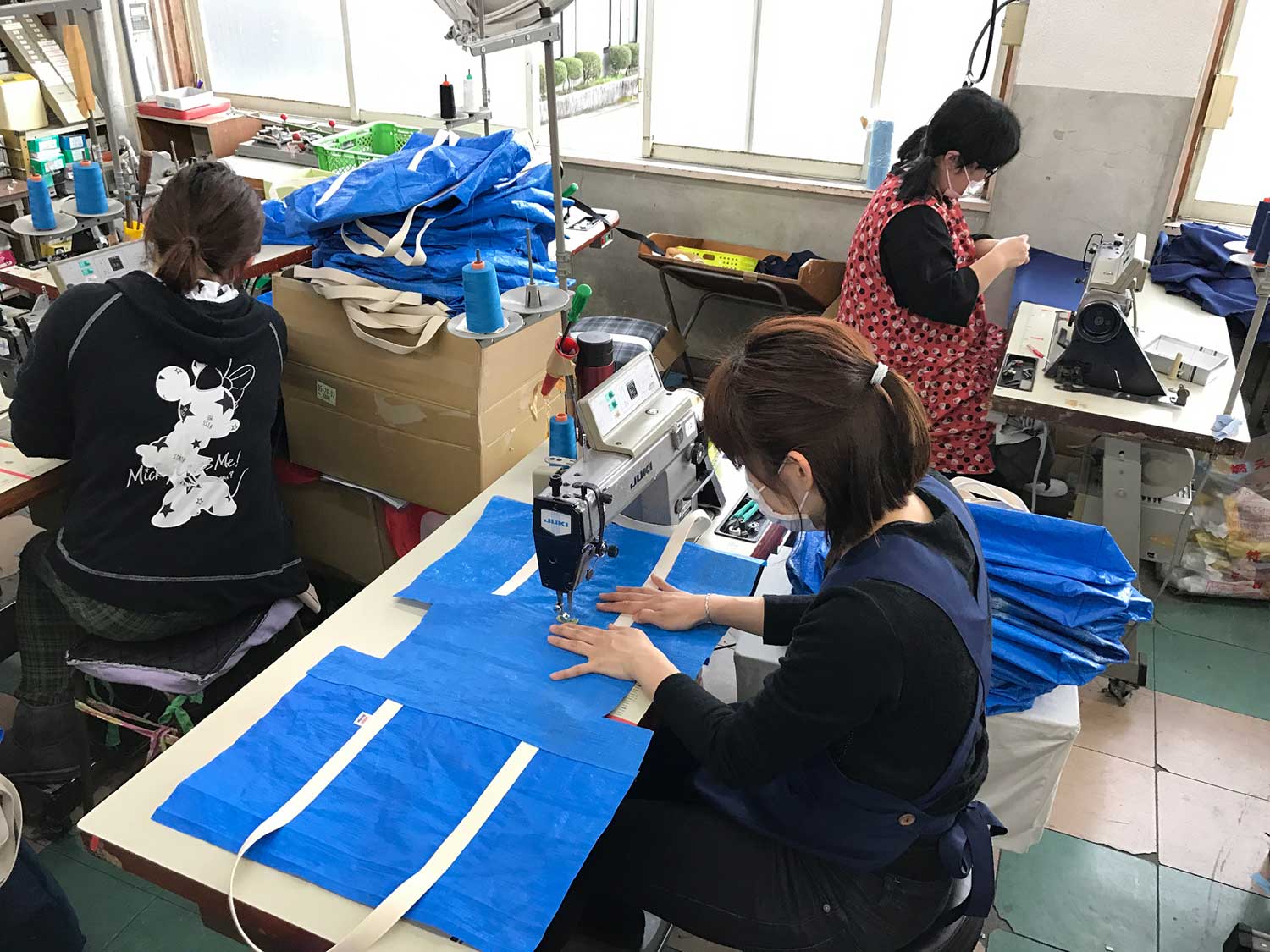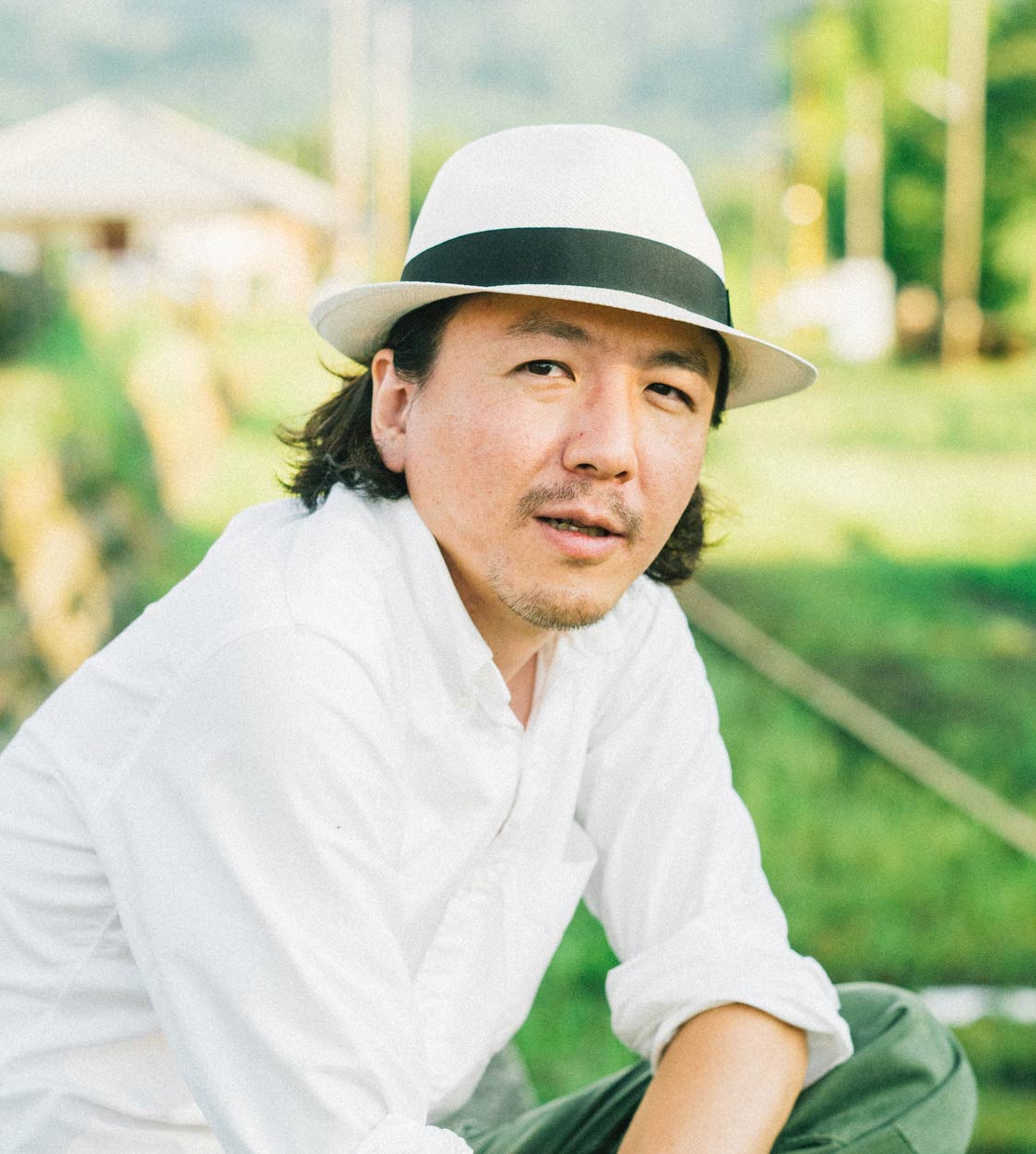
Forest

Circulation

Community
Blue Tarpaulin Sheeting as a Seed for Recovery: Changing Society via Design
Supporting disaster-stricken areas by upcycling disaster waste, hiring people with disabilities, and expanding into corporate collaborations
BRIDGE KUMAMOTO
(Kumamoto Prefecture)
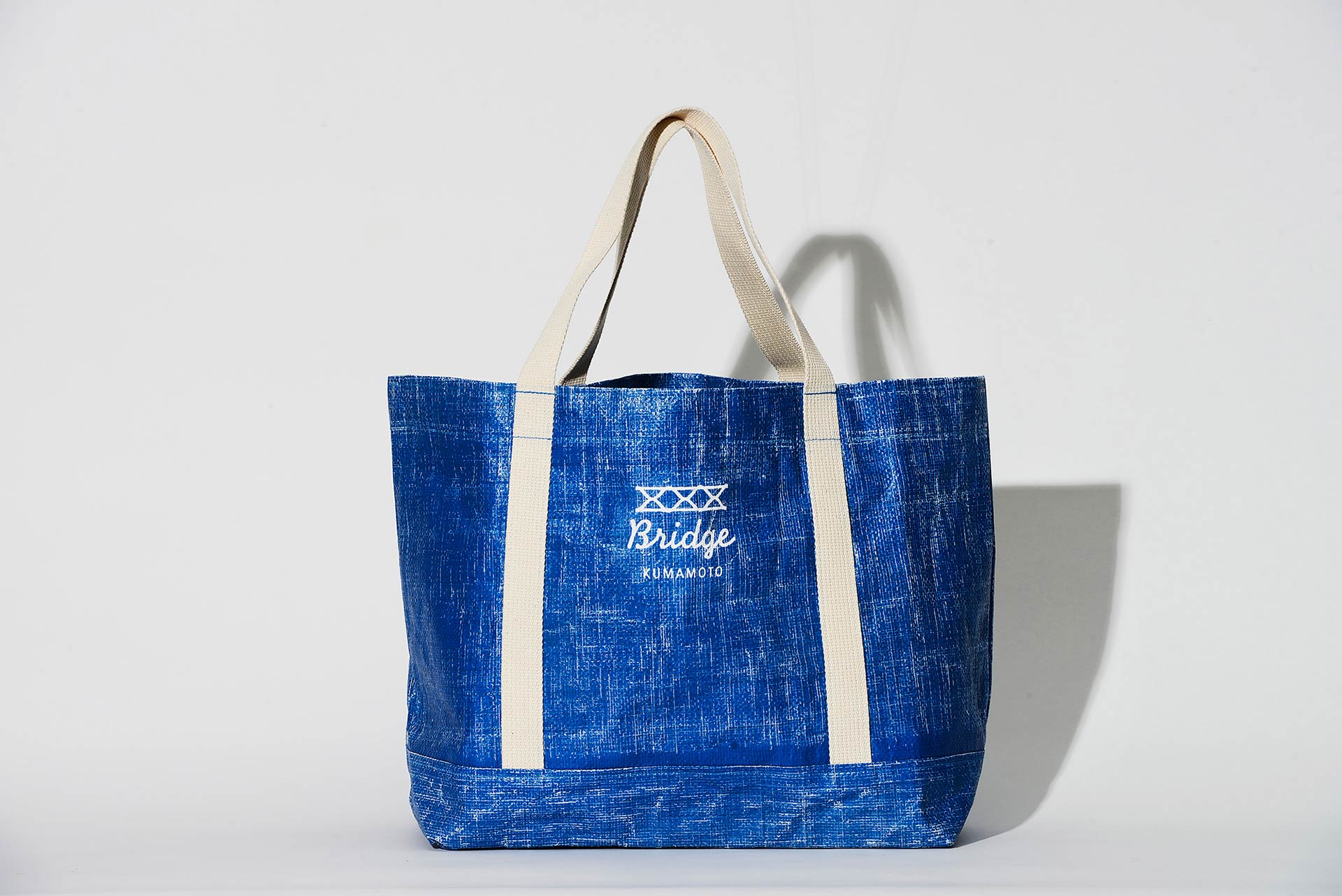
Overview
In the 2016 Kumamoto earthquake, 210,000 households suffered major damage. Against this backdrop, BRIDGE KUMAMOTO, a general incorporated association founded by creators active in Kumamoto in the wake of the earthquake, focuses on making use of used blue tarpaulin from damaged houses, up-cycling it into tote bags for sale. Blue tarpaulin (known as “blue sheets” in Japan) has a negative impression, which is associated with earthquake damage, but here it is turned into a “seed for recovery.” Under the product name “Blue Seed Bags,” the blue tarpaulin sheets have been positively transformed and commercialized toward supporting disaster-stricken areas—and this has generated a lot of attention.
With a design that is simple and easy to use, this system of support, in which 20% of sales go to disaster-stricken areas, has continued even seven years after launch and has led to the expansion of collaborations with many companies. Recently, BRIDGE KUMAMOTO has been developing products that utilize waste materials such as marine plastic garbage and damaged tiles from Kumamoto Castle. The manufacturing of the products has also led to the employment of people with disabilities, and company continues to carry out projects that utilize the power of design to help solve various social issues.
Successful outcomes
- Sales of Blue Seed Bags reached 5,500 in seven years, amounting to sales of approximately 22 million yen (2016–2023). Of this amount, approximately 4.4 million yen has been donated to the disaster-stricken areas.
- Sales of "Kumamoto Castle Tile Amulets,'' which collect tiles from Kumamoto Castle damaged in the earthquake, wrapping them with blue tarpaulin, have exceeded 10,000 units (October 2020 to 2023).
- Employment opportunities were created by commissioning a workshop for people with disabilities to sew Blue Seed Bags.
- The project enabled participation in pro-bono areas by utilizing professional skills such as photographers and designers to contribute to society.
- Requests were received from companies focused on solving social issues through designs to collaborate with Blue Seed Bags and to plan for upcycled products, further contributing to sales.
- There has been an increase in requests from schools to have lectures on SDGs due to the connections and expansion of themes from Blue Seed Bags, such as for areas in waste reduction, climate change, and welfare issues for people with disabilities.
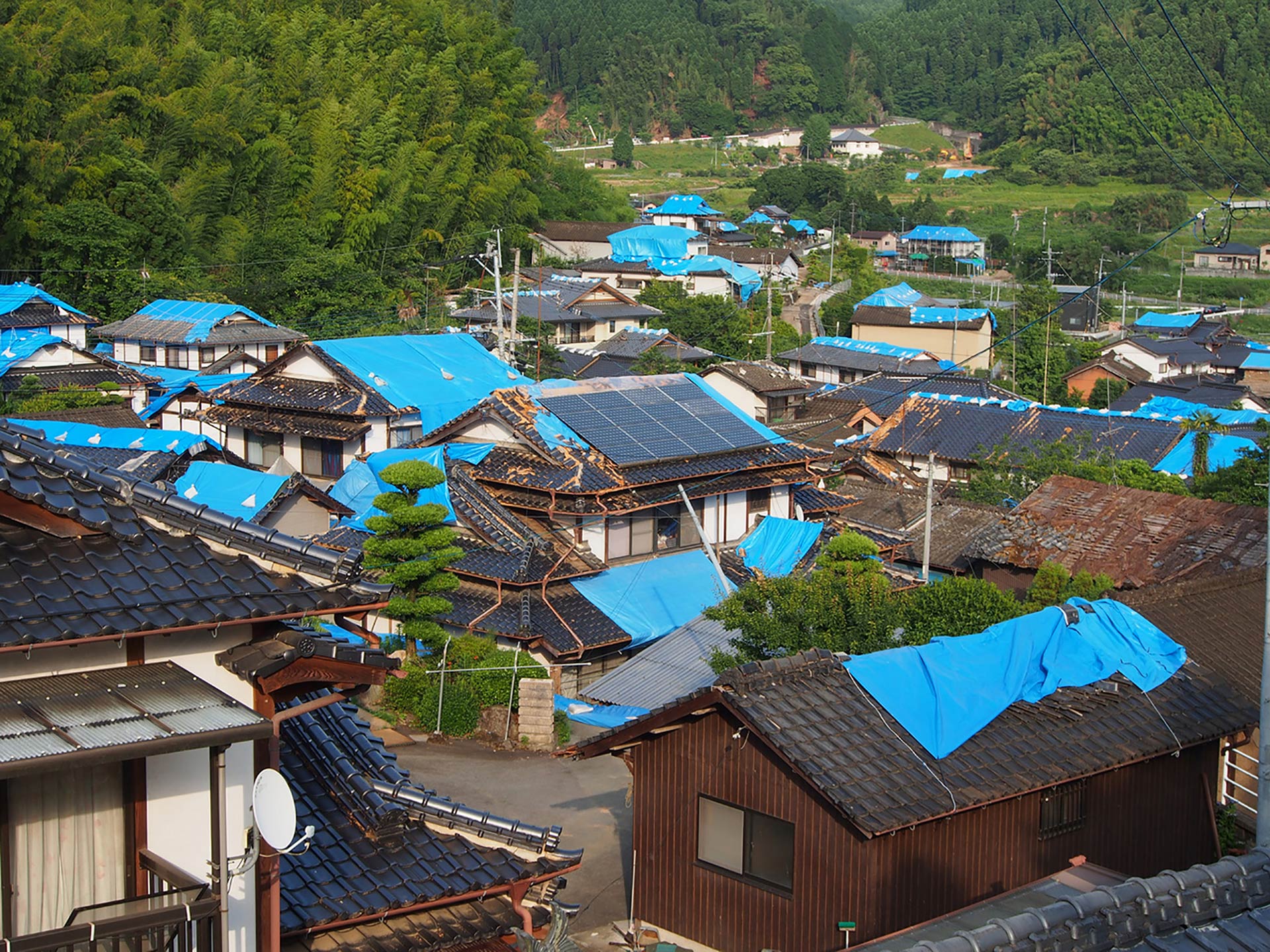
Discovering connections among social issues via support for disaster-stricken areas
The April 2016 Kumamoto earthquakes caused severe damage to the region. Katsuaki Sato, a designer based in Kumamoto Prefecture, was inspired when he heard that people from Ishinomaki City, Miyagi Prefecture, came to the volunteer center to provide support and were making bags using tairyo-bata fishing boat flags (traditional Japanese fisherman’s flags as flown by boats to signify a large catch of fish in returning to port) damaged by Miyagi Prefecture’s 2011 earthquake and tsunami. Sato commented: “Although there was no tsunami in Kumamoto, 210,000 homes were damaged by the earthquake, so the area was covered in blue tarp. What if we viewed this blue tarp as a seed of recovery sown in disaster-stricken areas?”
Blue Seed Bags, made from up-cycled blue tarpaulin, was born from this change in thinking. Mr. Sato started the organization with his friends, washed used blue tarp tarpaulin, sewed them, and remade them into bags for sale.
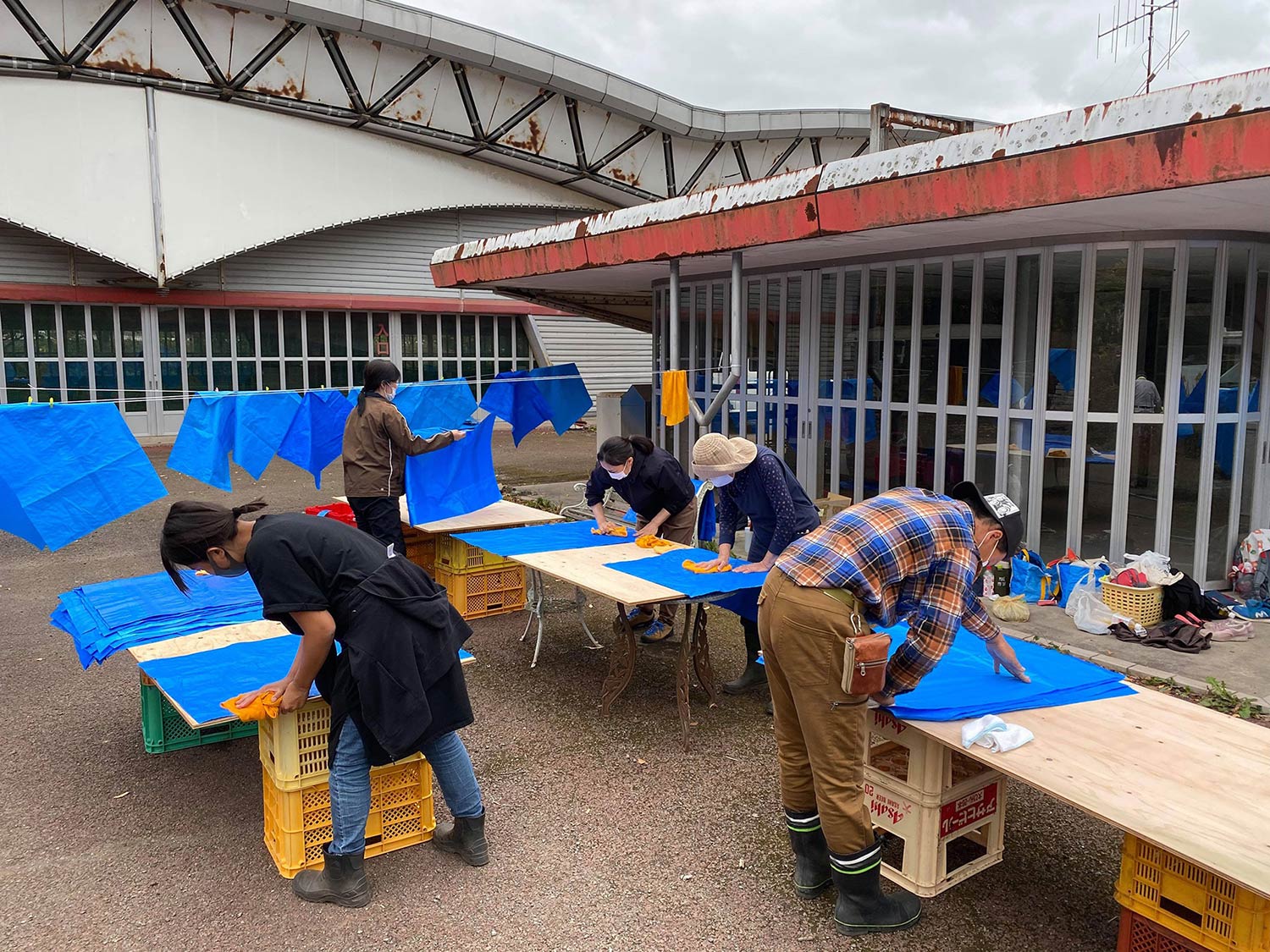
Rather than highlighting support for disaster areas, the design of the bags was intentionally neutral so that the bags could be used for a longer period, and any damage on the sheet was left intact as a reminder of the event. Based on the concepts of REMAKE (utilizing disaster waste), RETURN (returning a portion of sales to disaster-stricken areas), and REMIND (remembering disasters), 20% of sales are set to be returned to disaster-stricken areas.
Support for disaster areas that utilizes creative power has become a hot topic, and following the bags, “Kumamoto Castle Tile Amulets,” which are small bags filled with damaged tiles from the Kumamoto Castle wrapped in blue tarpaulin, and REF® kaleidoscopes, etc., made from plastic waste, have been developed and sold. These society-focused designs are attracting a lot of attention from businesses, and collaborations with different companies are also increasing as they become the mainstay of BRIDGE KUMAMOTO’s operating expenses.
In addition, BRIDGE KUMAMOTO works at further helping with social issues in the manufacturing process, such as in the commissioning of a workshop for people with disabilities to handle the sewing. Mr. Sato says: “My motivation was to support disaster-stricken areas, but I realized that my activities were also connected to a range of social issues, from waste to environmental issues, and for the employment of people with disabilities all the way up to welfare.”
Blue Seed Bags
BRIDGE KUMAMOTO
https://bridgekumamoto.com/

